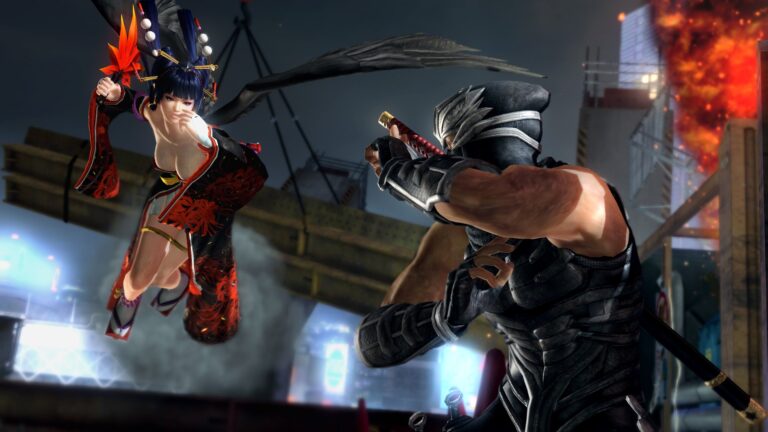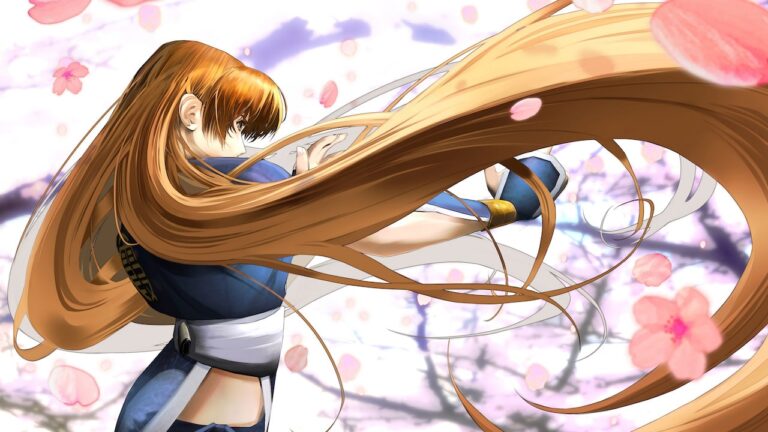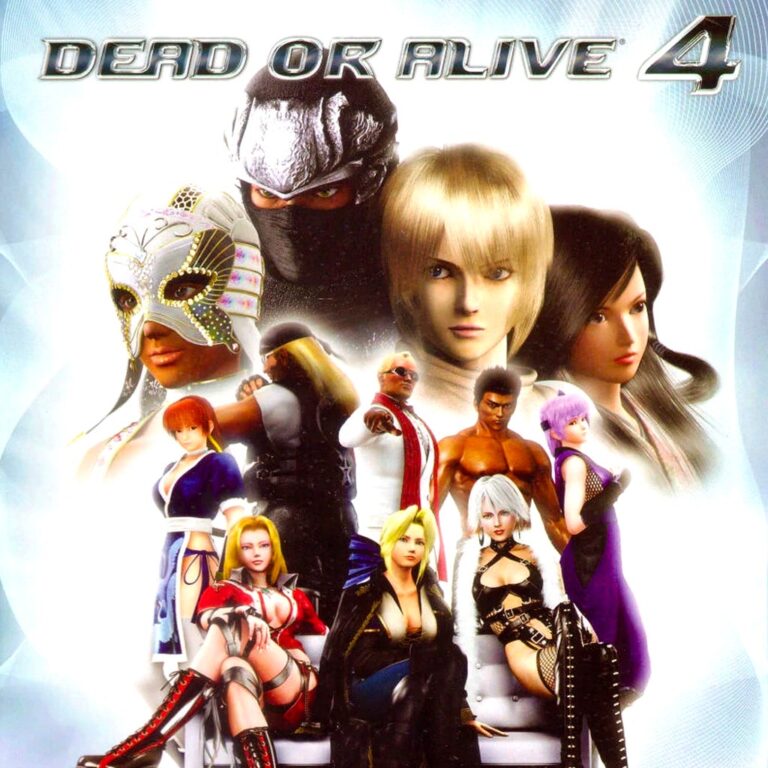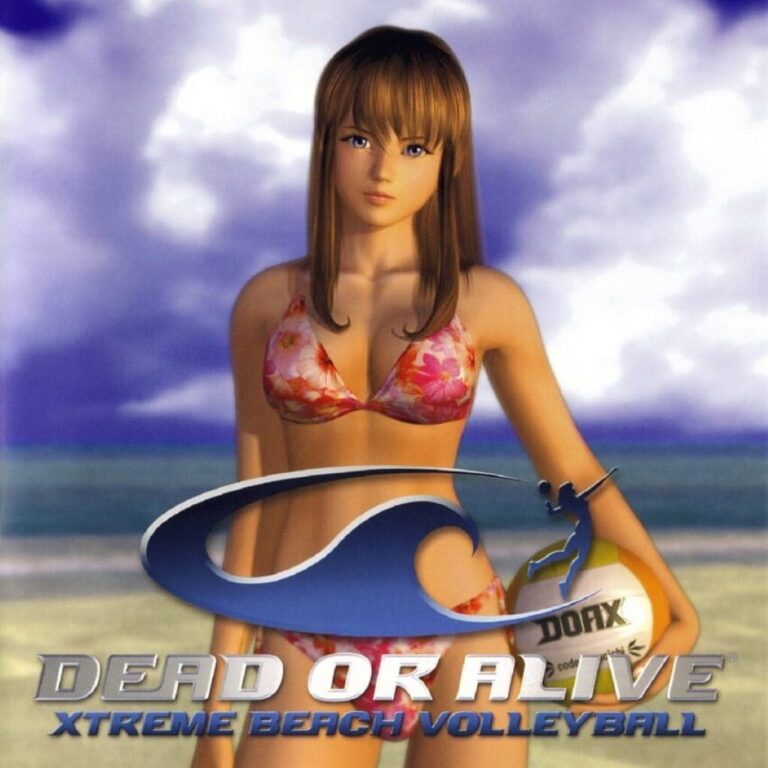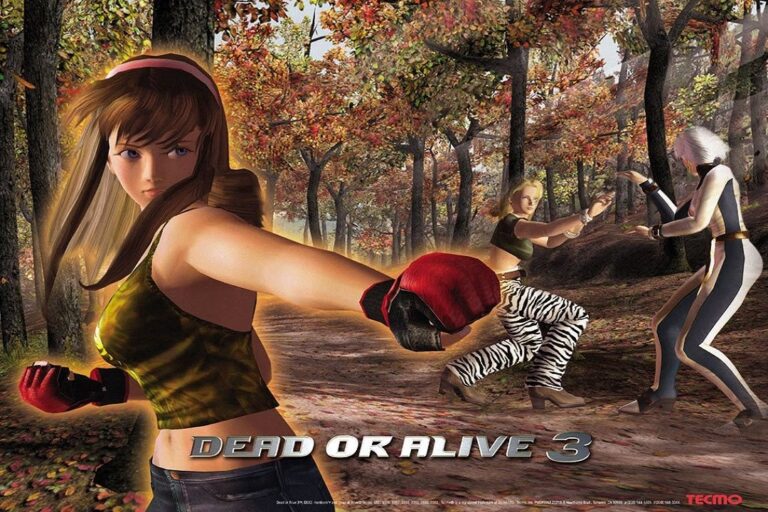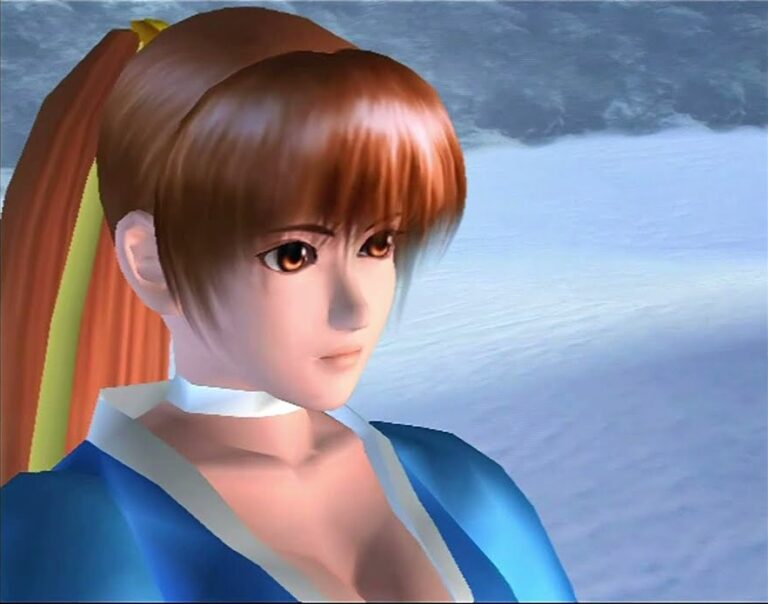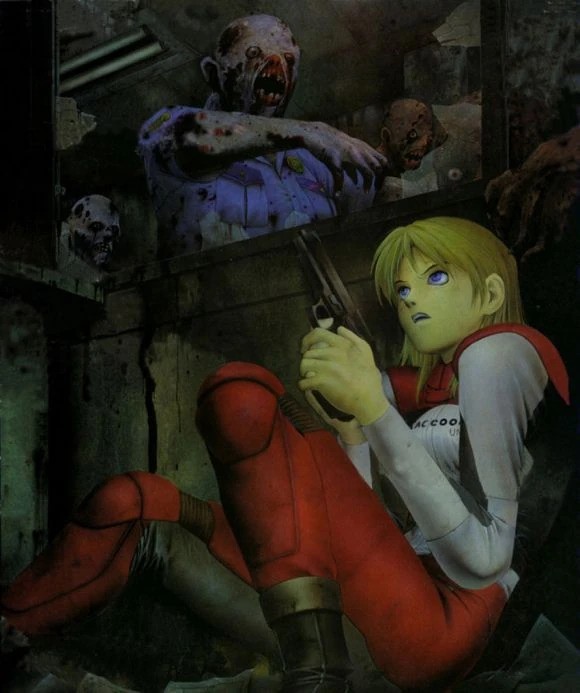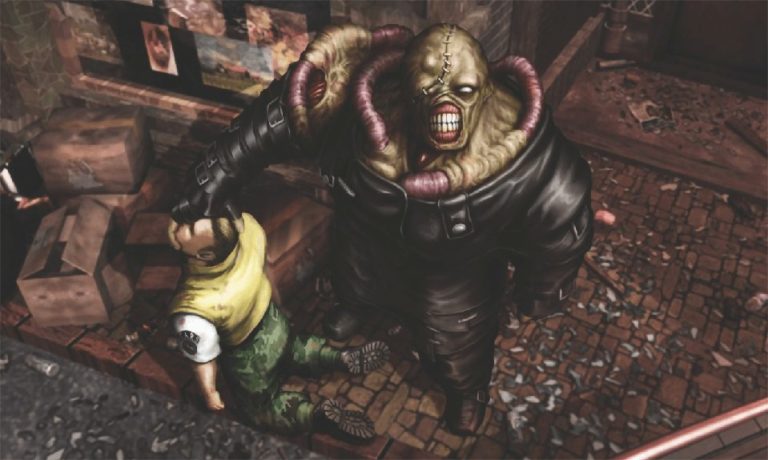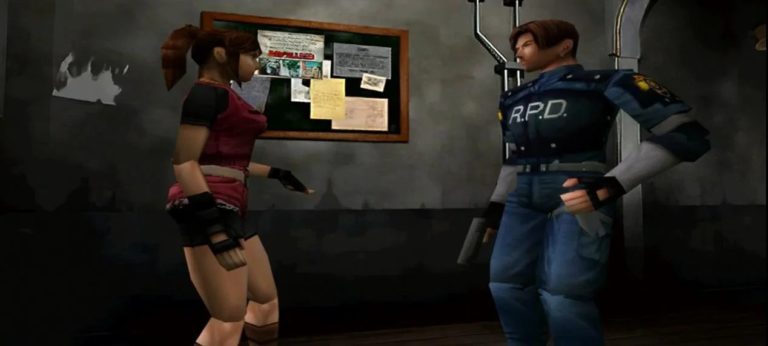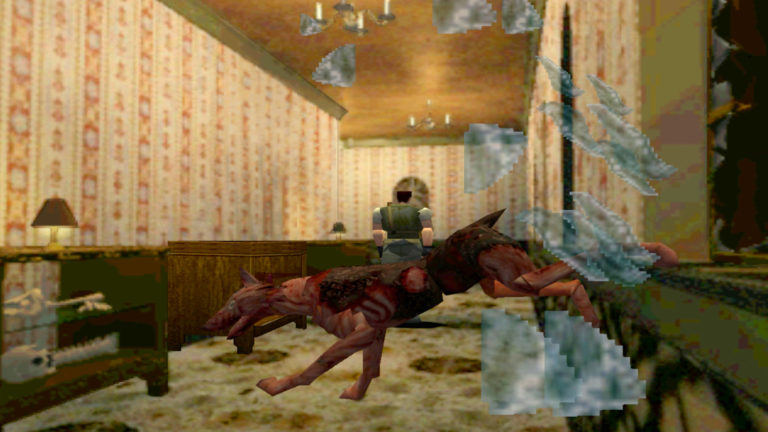Welcome back to the Dead or Alive Love/Hate series! In this entry, we’ll be looking at Dead...
Barloq
Writer, blogger, father. Blogging since 2012, writing my whole life. Was blessed by the chupacabra and the guardian shepherd.
Welcome back to the Dead or Alive Love/Hate series! In this entry, we’ll be taking another detour,...
Welcome back to the Dead or Alive Love/Hate series! In this entry, we’re covering Dead or Alive...
Welcome back to the Dead or Alive Love/Hate series! In this entry, we’ll be looking at Dead...
Welcome back to the Dead or Alive Love/Hate series! In this entry, we’re covering the first game...
Welcome back to the Dead or Alive Love/Hate series! In this entry, we’re going to be covering...
Welcome back to the Dead or Alive Love/Hate series! In this entry, we’ll be moving onto the...
Dead or Alive has basically become a meme around IC2S. I wouldn’t even count any of these...
Back in the mid-2000s, I came across a somewhat-famous flowchart which purported to illustrate the hierarchy by...
I’ve been with Google Adsense for about 15 years. I started with Youtube, where I had one...
Welcome back to a very special bonus entry in the Resident Evil love/hate series! In this entry...
Welcome back to the Resident Evil love/hate series! In this entry we’ll be going over the original...
Welcome back to the Resident Evil love/hate series! In this entry we’ll be going over the original...
Welcome back to the Resident Evil love/hate series! Now that we’ve been through all the main entries...
